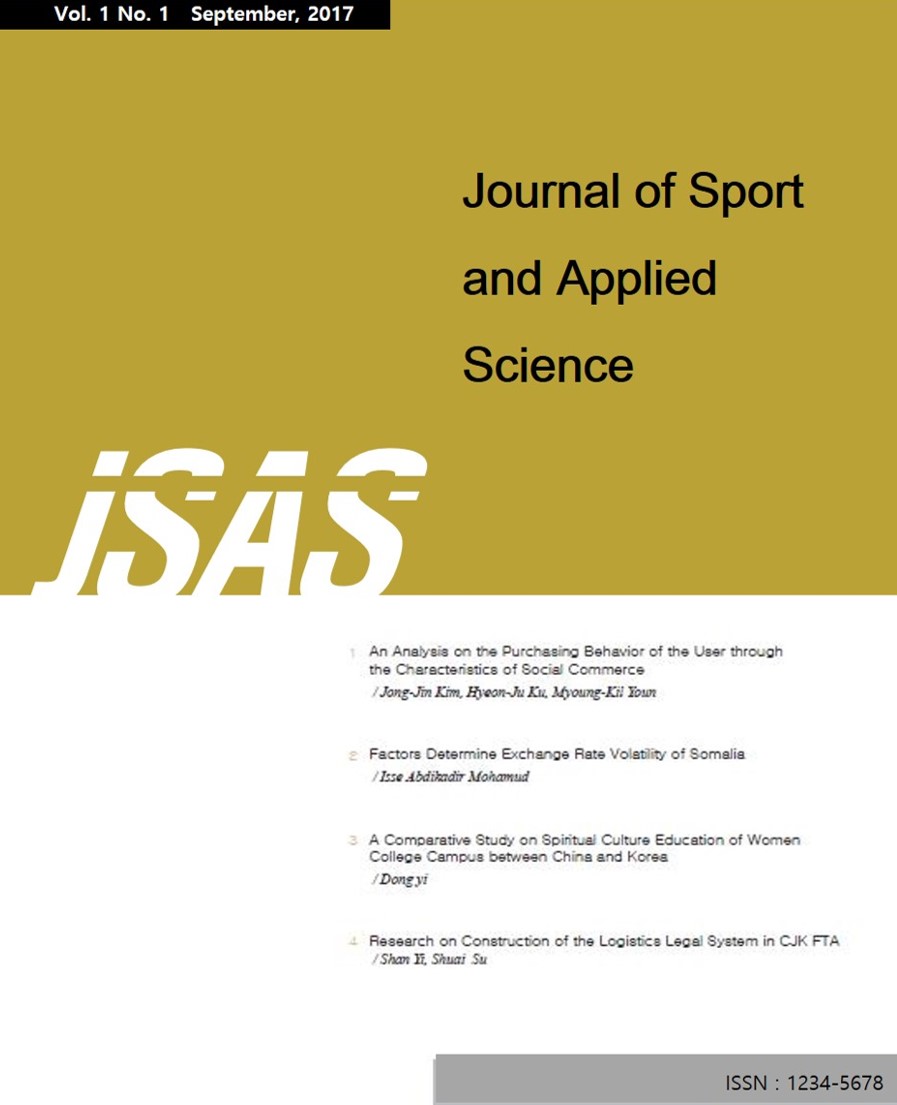 E-ISSN : 2586-6028
E-ISSN : 2586-6028
Vol.7 No.4
Abstract
Purpose: The purpose of the study is to analyze the perception of swimming rating system. Research design, data, and methodology: In this study, practitioners and leaders of Korean swimming federation were selected as the subjects of the study to institutionalize the grade of swimming. Data analysis was categorized according to word frequency after coding using the Nvivo 12.0 program, and words were visualized using the word cloud program. PASW/WIN 21.0 was employed to analyze demographic characteristics. Triangular verification and expert meetings were conducted three times to increase the validity of the study. In these meetings, the study excluded subjective interpretation and errors of the researcher. Results: First, as a result of analyzing the perception of practitioners before educational training, 16 words and the total frequency of words was 21 times. Second, as a result of analyzing the perception of practitioners after educational training, 22 words and a total of 25 frequencies were found. Third, as a result of analyzing the leader's perception before educational training, 32 words and the total frequency of words was 63 times. Fourth, as a result of analyzing the leader's perception after educational training, 41 words and a total of 72 frequencies were found. Conclusions: Findings indicated divers feelings and thoughts of practitioners and leaders of Korean swimming federations towards swimming rating system. Further implications were discussed.
Abstract
Purpose: The purpose of this study is to compare and analyze power and agility, which are factors that affect performance, by dividing adult fin swimmers into groups by male and female careers, and use them as basic data for improving performance during fin swimmer guidance and training. Research design, data, and methodology: Accordingly, 21 fin swimmers were selected and they were divided to four groups by gender and career to conduct experiments. Power and agility, which are factors related to performance of fin swimmers, were measured. Independent sample T-Test was conducted to verify differences between groups. Results: As a result of this study, there was no statistically significant difference in power and agility by the careers of male and female athletes. Conclusion: The results of this study can be used as basic data for organizing training programs suitable for the gen-der of fin swimmers and basic data for the guidance and training of fin swimmers. In future follow-up studies, based on the results of this study, it is expected that follow-up studies should be con-ducted to improve detailed performance according to age, fin swimming events, and gender. Further implications were discussed.
Abstract
Purpose: This study aims to determine what changes occur in body composition and performance by subjecting youth soccer players to weight training and combined training, which are known to be effective in improving anaerobic capacity, for 6 weeks. Research design, data, and methodology: This study was conducted on 30 high school soccer players from S City who had no current injuries or medical problems and had been registered as players with the Korea Football Association for more than 3 years. Subjects were divided into a weight training group (WTG, n=15) and a combined training group (CTG, n=15). Training lasted 6 weeks, and measurements were taken before and after training. Mean (M) and standard deviation (SD) were calculated to present the descriptive statistics of all dependent variables. Paired t-tests were used to test for within-group differences. Further, Independent t-tests were employed to test for between-group differences. Results: In terms of body composition, height significantly increased in WTG and CTG, and body fat percentage significantly decreased in CTG. As for performance, WTG's 20m sprint record decreased significantly. Conclusion: As a result, this study confirmed that weight training improved the 20m sprint ability of youth soccer players. Future research could provide more useful information by extending the study period and incorporating the physical characteristics of adolescents.













